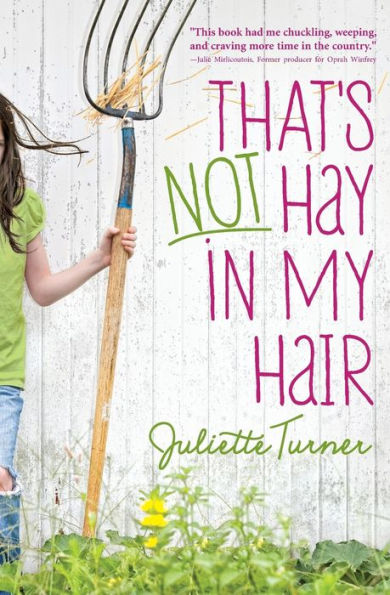Juliette couldn’t help feeling excited, even though she’d have to climb a hill to get a bar of cell-phone service. Soon she was running from bats and snakes, rescuing a calf from a twenty-foot ditch, medicating ponies, and having adventures so crazy it’s hard to believe they’re for real—but it all happened exactly how it’s written.
Get ready for side-splitting laughs, heart-wrenching tears, and surprising life lessons learned down on the farm and shared by fourteen-year-old Juliette Turner.
Juliette couldn’t help feeling excited, even though she’d have to climb a hill to get a bar of cell-phone service. Soon she was running from bats and snakes, rescuing a calf from a twenty-foot ditch, medicating ponies, and having adventures so crazy it’s hard to believe they’re for real—but it all happened exactly how it’s written.
Get ready for side-splitting laughs, heart-wrenching tears, and surprising life lessons learned down on the farm and shared by fourteen-year-old Juliette Turner.

That's Not Hay in My Hair
240
That's Not Hay in My Hair
240
Product Details
| ISBN-13: | 9780310732440 |
|---|---|
| Publisher: | Zonderkidz |
| Publication date: | 03/08/2016 |
| Pages: | 240 |
| Product dimensions: | 5.20(w) x 7.90(h) x 0.80(d) |
| Age Range: | 8 - 12 Years |
